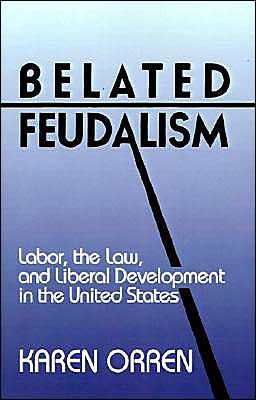Home
Laboring On: Birth in Transition in the United States / Edition 1
Barnes and Noble
Loading Inventory...
Laboring On: Birth in Transition in the United States / Edition 1
Current price: $55.99

Barnes and Noble
Laboring On: Birth in Transition in the United States / Edition 1
Current price: $55.99
Loading Inventory...
Size: OS
*Product information may vary - to confirm product availability, pricing, shipping and return information please contact Barnes and Noble
Facing the polar forces of an epidemic of Cesarean sections and epidurals and home-like labor rooms, American birth is in transition. Caught between the most extreme medicalization — best seen in a Cesarean section rate of nearly 30 percent — and a rhetoric of women’s "choices" and "the natural," women and their midwives, doulas, obstetricians, and nurses labor on.
Laboring On
offers the voices of all of these practitioners, all women trying to help women, as they struggle with this increasingly split vision of birth.
Updating Barbara Katz Rothman's now-classic
In Labor
, the first feminist sociological analysis of birth in the United States,
gives a comprehensive picture of the ever-changing American birth practices and often conflicting visions of birth practitioners. The authors deftly weave compelling accounts of birth work, by midwives, doulas, obstetricians, and nurses, into the larger sociohistorical context of health care practices and activism and offer provocative arguments about the current state of affairs and the future of birth in America.
Laboring On
offers the voices of all of these practitioners, all women trying to help women, as they struggle with this increasingly split vision of birth.
Updating Barbara Katz Rothman's now-classic
In Labor
, the first feminist sociological analysis of birth in the United States,
gives a comprehensive picture of the ever-changing American birth practices and often conflicting visions of birth practitioners. The authors deftly weave compelling accounts of birth work, by midwives, doulas, obstetricians, and nurses, into the larger sociohistorical context of health care practices and activism and offer provocative arguments about the current state of affairs and the future of birth in America.
Facing the polar forces of an epidemic of Cesarean sections and epidurals and home-like labor rooms, American birth is in transition. Caught between the most extreme medicalization — best seen in a Cesarean section rate of nearly 30 percent — and a rhetoric of women’s "choices" and "the natural," women and their midwives, doulas, obstetricians, and nurses labor on.
Laboring On
offers the voices of all of these practitioners, all women trying to help women, as they struggle with this increasingly split vision of birth.
Updating Barbara Katz Rothman's now-classic
In Labor
, the first feminist sociological analysis of birth in the United States,
gives a comprehensive picture of the ever-changing American birth practices and often conflicting visions of birth practitioners. The authors deftly weave compelling accounts of birth work, by midwives, doulas, obstetricians, and nurses, into the larger sociohistorical context of health care practices and activism and offer provocative arguments about the current state of affairs and the future of birth in America.
Laboring On
offers the voices of all of these practitioners, all women trying to help women, as they struggle with this increasingly split vision of birth.
Updating Barbara Katz Rothman's now-classic
In Labor
, the first feminist sociological analysis of birth in the United States,
gives a comprehensive picture of the ever-changing American birth practices and often conflicting visions of birth practitioners. The authors deftly weave compelling accounts of birth work, by midwives, doulas, obstetricians, and nurses, into the larger sociohistorical context of health care practices and activism and offer provocative arguments about the current state of affairs and the future of birth in America.

















